Preparedness Challenge Week 13
This week the preparedness challenge is short and “sweet”—Add sugar or other sweeteners to your food storage.
Sugar Is a Basic Preparedness Food
Sugar is an important food in a preparedness plan. Although sugar has a tarnished reputation, mainly because it is used in excess in modern society, a survival diet will rely much less on processed foods containing sugar. Children, especially, have high caloric needs for their weight and may be unable to get enough energy if their calories sources are limited.
Benefits of Storing Sugar
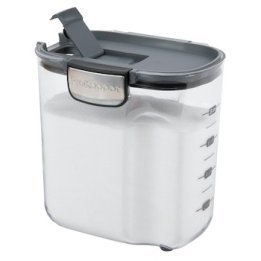
- Supplies necessary calories
- Convenient and easy to obtain
- The least expensive sweetener
- An important ingredient in cooking, baking, and canning fruits
- Helps create tasty treats for a survival diet
Types of Sugar and Shelf Life
WHITE SUGAR
White sugar is made from juice squeezed from cane or sugar beets. The molasses is removed and concentrated, and although chemicals are used in the processing, white sugar is not chemically altered in any way. White sugar is most common as granulated table sugar and powdered, or confectioners, sugar.
White sugar is a very stable food and will keep indefinitely if protected from moisture and contamination. Store it in opaque, airtight food-grade containers, such as plastic buckets, Mylar bags, or metal cans. It can be stored in its original paper or plastic bags in low-humidity areas, although paper bags will deteriorate over time and both are susceptible to puncture. Sugar can also absorb odors if not protected.
BROWN SUGAR
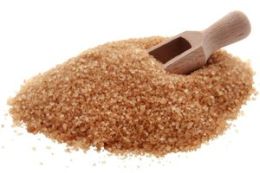
Brown sugar is made from white sugar that has a small amount of molasses added to it. The more molasses, the darker and stronger the flavor is. Make your own brown sugar by adding four tablespoons of molasses per cup of white sugar.
Brown sugar has a stated shelf life of two years, but can last much longer. The higher moisture content of brown sugar needs to be retained or it will harden. It can slowly be softened by placing a slice of apple or fresh bread, a piece of orange peel, or a water-soaked clay disk in the container. Or for immediate softening, place a damp paper towel over it and microwave for 30 seconds or place it in an oven at 250° F for a few minutes.
HONEY
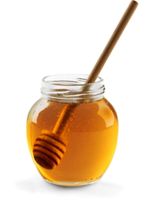
Honey is a concentrated sweetener that is formed by a honeybee enzyme from the diluted sucrose found in plant nectar. A thriving honeybee colony will make sixty to one hundred pounds of honey a year. The nectar source determines the flavor, aroma, and color of honey, and usually the lighter the color, the milder the flavor.
Honey is slightly acidic and is best stored in glass, ceramic, or food-grade plastic containers, as the acid in honey causes metal containers to corrode over time. Protect transparent containers from light because light will cause color and flavor changes. Honey will last indefinitely if stored properly. All good honey will crystallize over time and become darker and more strongly flavored with age. Small amounts of crystallized honey may be re-liquefied by placing the container in a pan of water on low heat.
CORN SYRUP
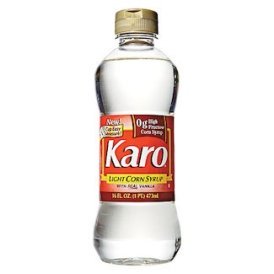
Corn syrup is glucose syrup produced from corn. Regular corn syrup is an important ingredient used in syrups and candy to control crystal formation. It will keep two-plus years in an airtight container and is different from high-fructose corn syrup (HFCS), the pervasive, highly refined sweetener in many processed food products.
MOLASSES
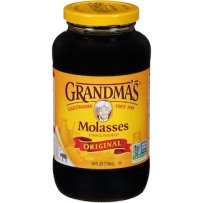
Molasses is useful for adding flavor and variety to baking. Most molasses is a by-product of making white sugar. It is largely sucrose and keeps for four to ten year.
How Much Sugar Should You Store?
The 2015-2020 Dietary Guidelines for Americans recommends that people limit added sugar to around 12 teaspoons a day. There are 108 teaspoons in a pound of sugar. So, at that rate, a person would consume a pound of sugar in 9 days, ten pounds in 3 months.
Keep it simple, this week add ten pounds of sugar to your food storage for each person in your family.
Of course, this is a suggestion and you may want to add more, especially if you have active children or will be canning fruits.
OPTION 1
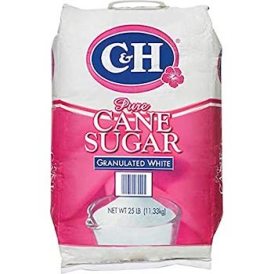
For the best value, purchase sugar in ten- or twenty-five-pound bags at the grocery store. Store sugar in 5-gallon food storage buckets.
OPTION 2
Purchase 5 #10 cans of sugar. Sugar in cans has a shelf-life of 30 or more years. You will find it is more expensive than sugar purchased in bags at the grocery store.
OPTION 3
Purchase a variety of sugars totaling 25 pounds: honey, brown sugar, powdered sugar, corn syrup, molasses, maple syrup, etc.
Learn More in Crisis Preparedness Handbook
Find out more about storing foods in Crisis Preparedness Handbook, Third Edition (2020). If you don’t already have a copy, you can find it here on my website CrisisPreparedness.com. Or, read it on Amazon in the Kindle version or hard copy version.
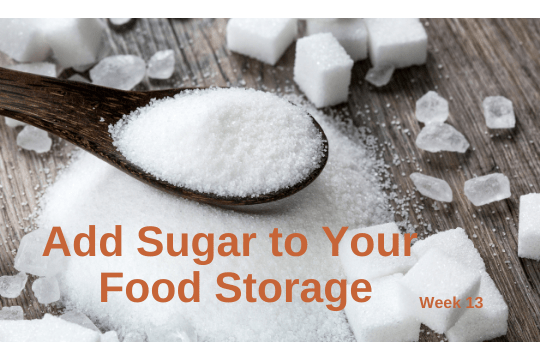
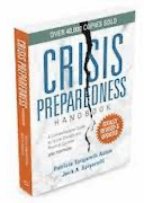


2 thoughts on “Add Sugar to Your Food Storage”
Thank you so much for these guides that you send! They are so helpful and informative. I do have a bit of a dilemma though I didn’t start until number 6. Is it possible to get one through five. Thank you for your hard work and information.
Thank you. You can find the earlier posts on the Crisispreparedness.com website. Click on Blog in the menu at the top of the home page. Good luck!